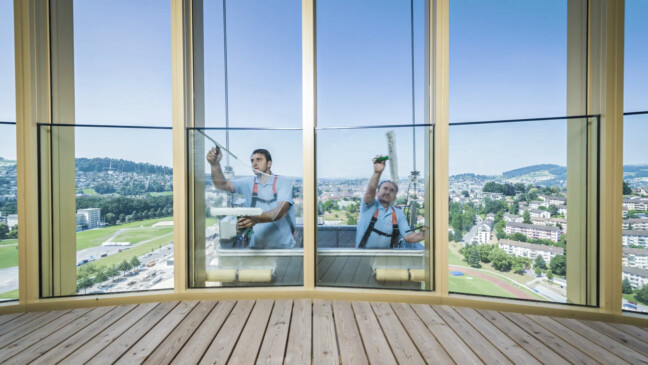
24.10.24
Facade cleaning – what really matters (part 1)
Asllan Smakaj has been working for Enzler Reinigungen AG for almost 30 years as Head of SR Region West and is an expert in facade cleaning. In an interview, he shares valuable insights and explains what to pay particular attention to when cleaning facades. We also had the opportunity to interview Atramex, another specialist in this field, to gain additional perspectives. The interview is divided into three articles and will be published on Thursdays.
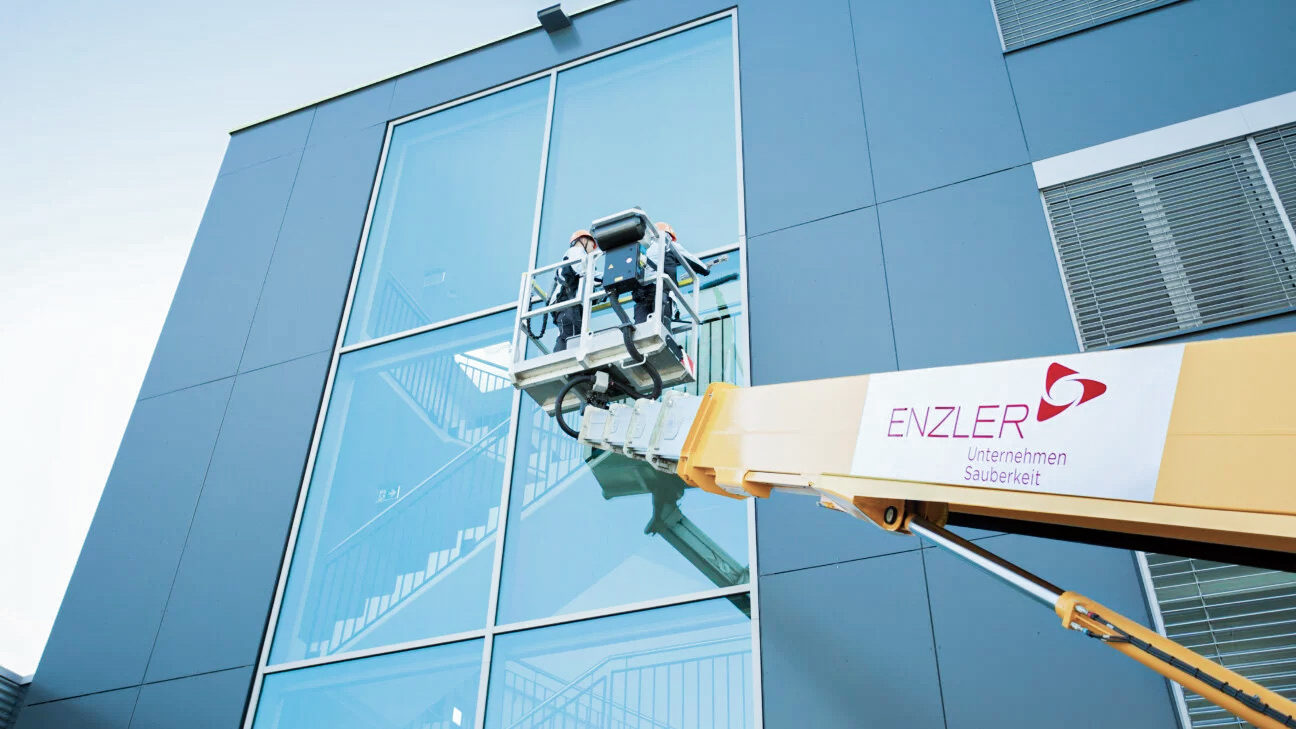
Introduction Asllan Smakaj
Asllan Smakaj has started out his career at Enzler Reinigungen AG as a special cleaner. From 2014 to 2023, he was head of the special cleaning department and has been division manager since 2024. He is known for responding promptly and efficiently to customer inquiries and finding solutions. Thanks to his further training as a building cleaning specialist with a federal certificate and his high level of commitment, he makes a significant contribution to high customer satisfaction.
Introduction AtramexInc.
With its products specializing in the renovation, care, protection and cleaning of buildings, Atramex makes an active contribution to preserving the value of facades and thus conserves valuable resources. In Limbach-Oberfrohna, 99% of the chemical products are produced in accordance with all aspects of sustainability.
Mr. Smakaj, how did you get into the profession of facade cleaner?
I got into the profession of facade cleaner because I have always enjoyed working outdoors and appreciate manual work. After working in the construction industry for some time, I realized that I particularly enjoy cleaning and maintaining buildings. The opportunity to see the visible results of my work and contribute to the beautification of the surroundings convinced me to take this path.
What are the most common types of soiling that you encounter when cleaning facades?
When cleaning facades, I often come across different types of soiling. One of the most common is soiling caused by air pollutants such as soot and exhaust fumes, which is particularly common in urban areas. Algae and moss are also common, especially in shady or damp areas of the facade. Grease and oil stains often occur near restaurants or workshops, while construction dust often comes from surrounding building sites or renovation work. Graffiti is another widespread problem in many cities. In addition, there are water stains caused by rain or inadequate water drainage. Each of these types of soiling requires individual cleaning methods and agents in order to clean the facade gently and effectively.
How important is facade cleaning for the long-term preservation of a building?
Facade cleaning plays a crucial role in the long-term preservation of a building. Regular cleaning removes dirt, algae and other harmful substances that can attack and damage the facade material. A clean facade not only protects the building materials, but also prevents discoloration or even structural damage. A well-maintained facade also helps to preserve the value of the building, as it enhances its appearance.
Another advantage of cleaning is the prevention of damage: by removing dirt and organic deposits, the risk of mold growth and moisture damage is significantly reduced. In addition, a clean facade can contribute to energy efficiency as it reflects light and heat better. Overall, regular facade cleaning supports the longevity and aesthetics of a building and is therefore of great importance.
What different techniques and methods are there for cleaning facades?
There are various techniques and methods for facade cleaning, which are used depending on the type of soiling and the material of the facade. The choice of method depends on the specific situation, the material of the facade and the desired results.
Manual cleaning: Brushes, cloths and special cleaning agents are used. This method is ideal for sensitive surfaces and smaller areas.
High pressure cleaning: High pressure cleaners use water at high pressure to remove stubborn dirt, algae and moss. This method is effective, but requires caution to avoid damage to the facade.
Steam cleaning: This involves using hot steam to loosen dirt and grease. This method is environmentally friendly and gentle on surfaces.
Chemical cleaning: Special cleaning agents are used to remove certain types of soiling, such as graffiti or stubborn stains. However, this method requires specialist knowledge in order to choose the right products.
Sandblasting: This method is used for particularly heavy soiling or when renovating historic buildings. However, it can be very abrasive and should be used with caution.
Biological cleaning: This involves the use of environmentally friendly products and processes that are based on biological enzymes and are particularly gentle.
Mr. Müller, you work for the company Atramex. Which products do you recommend for cleaning facades for the various types of soiling?
We at Atramex AG can recommend our GRM-listed products in the system for both organically coated and anodized aluminium facades. The following products should be used for intensive basic cleaning of an organically coated aluminum facade:
- 3010 Phoscoat
- 6060 Atradur
- 1030 Alunet
- optional: high-quality sealing with product 3025 Colorcoat (Alusuisse tested)
The anodized aluminium facade is harder, but more sensitive to chemical products than the organically coated aluminium facade (painted, powder-coated). It is therefore all the more important to generally work with certified products, which we offer at Atramex. This also includes professional instruction by our application technicians.
The right product system for a heavily soiled, anodized aluminium facade includes:
- 3010 Phoscoat
- 1010 Alulit
- 1030 Alunet
- 1030 Alucoat
Graffiti can be seen as both an art form and as vandalism. Regardless of the perspective, graffiti removal poses a considerable challenge. For both organic and mineral surfaces, we recommend the product 7060 Graffigel (pH-neutral), which has a high viscosity. However, the application is different: while a short application time is required on organic surfaces, removal on mineral surfaces can take many times longer. Decisive factors are: Porosity of the surface, the time between application and removal of the graffiti, weather influences, the properties of the spray paint, the chosen removal method and the specific conditions on site.
If only partial success is achieved with the product 7060 Graffigel, the combined product 7061 Graffixid Forte should be used. It is an innovative combination of solvent and alkalinity. If shadows are still visible afterwards, we use the product 7065 Grafficid. This shadow remover dissolves paint residues on all hard stone surfaces, whereby the dissolved paint is adsorbed.
If no product dissolves the paint, the spray paint used may be tar or Tectyl. In this case, we have a highly effective and fast-acting product: 7062 Graffitectyl. We then recommend one of our two graffiti protection systems: System Atramex 7530 ES 2005 Polyprotect transparent as well as the system Atramex 7510 ES 2005 Polyprotect color Dixo.
Thank you very much for this detailed description. What role do environmental factors such as weather or air pollution play in facade soiling?
Weather conditions such as rain, wind and temperature fluctuations play a very important role. Although rain can wash dirt and debris from the facade, it also encourages the growth of algae and moss in shady areas. In urban areas, pollutants from the air also contribute to soiling, which can lead to discoloration and damage to the facade surfaces.
High humidity encourages the growth of mold, especially on poorly ventilated buildings. Extreme temperature fluctuations also affect the facade materials and can cause cracks that make it easier for dirt and moisture to penetrate. In addition, UV radiation can fade the colors and coatings of the facade, which not only affects the appearance but also weakens the protection of the materials.
This interview is divided into three articles. In the sequel, you can read about the new cleaning agents and technologies used in facade cleaning and the challenges that arise in historic buildings.
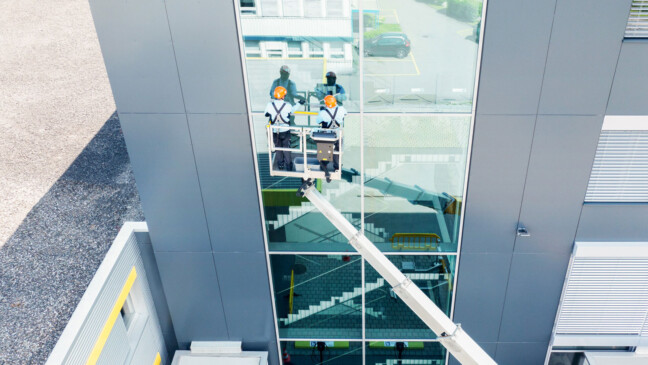

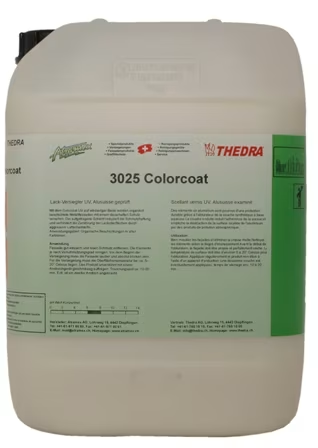
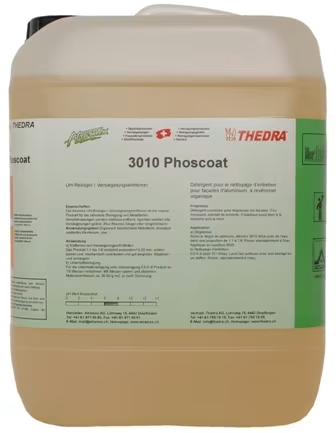
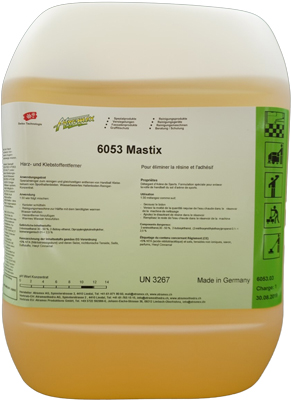
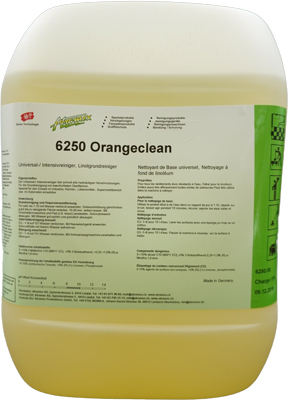
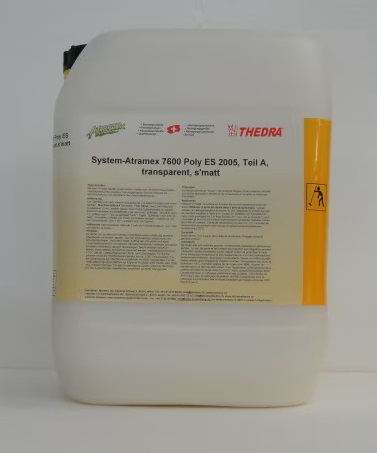
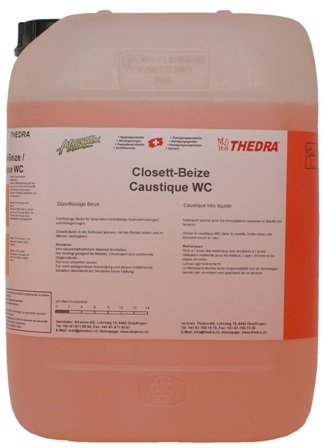
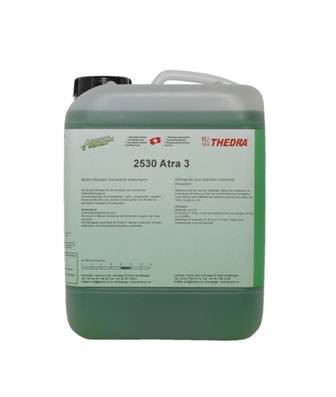
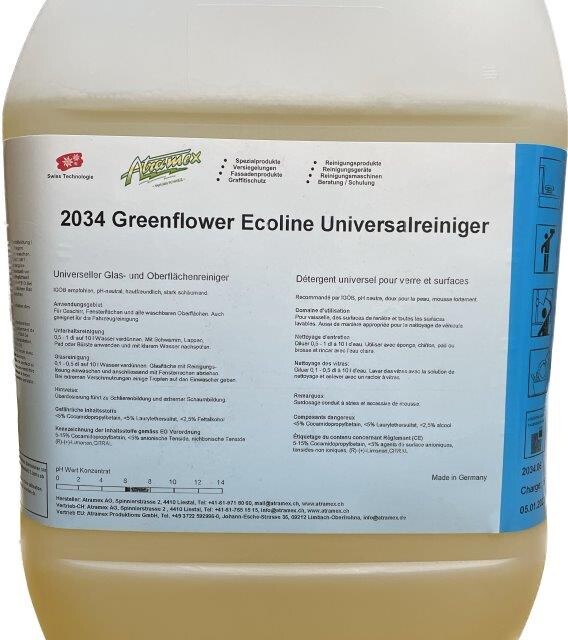
Tell us what you think
Be the first to comment this post.
You must be logged in to leave a comment.